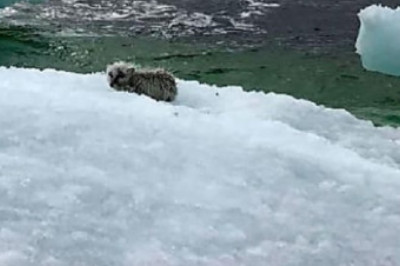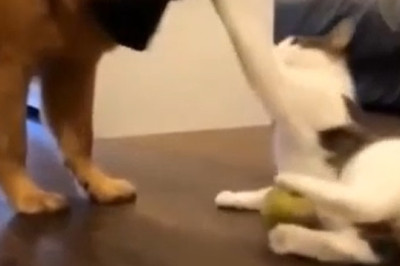Dying Cat: Signs and Behaviors in Cats Close to Death
Witnessing a beloved pet, such as a cat, nearing the end of its life can be a heartbreaking experience. Being able to recognize the signs and behaviors that indicate a cat is close to death can help pet owners prepare for this inevitable moment.
Are Cats Aware of Their Impending Death?
While there are anecdotal stories that suggest animals, including cats, may have some awareness of death, most scientists agree that cats do not comprehend death in the same way humans do. Despite this, cats may exhibit certain behaviors that indicate they are aware of significant changes in their bodies or health.
Signs of a Dying Cat
Physical and Sensory Changes
- Weakness: Cats nearing the end of their lives may become noticeably weaker and lethargic.
- Pain and Illness: Cats may exhibit signs of discomfort or pain, such as difficulty moving or vocalizing.
- Changes in Body Chemistry: Cats may emit different smells or odors due to changes in their body chemistry.
Seeking a Safe Haven
- Instinctual Behavior: Cats, as solitary animals with predator and prey instincts, may seek a safe and secluded place when they are weak or unwell.
- Protection from Environmental Stimuli: Cats in distress may seek shelter to shield themselves from external stimuli such as loud noises, bright lights, or excessive touch sensitivity.
Desire for Human Attention
- Human Comfort: Despite their independent nature, some cats may seek the companionship of their caregivers when they are unwell or nearing death.
- Preference for Human Presence: Domestic cats, unlike their wild counterparts, may exhibit a desire for human company and comfort during their final moments.
Providing Support and Care

When a cat shows signs of nearing death, it is essential for pet owners to provide comfort and support. While some cats may seek solitude, others may crave human presence and attention. Understanding the individual needs of the cat and respecting their preferences can help make their transition as peaceful as possible.
Coping with the Loss
The impending loss of a beloved pet can be a challenging and emotional time for pet owners. It is important to seek support from family, friends, or professionals to navigate the grief and mourning process. Remember that it is normal to feel a range of emotions when saying goodbye to a cherished feline companion.
Conclusion
Recognizing the signs and behaviors of a dying cat can help pet owners prepare for the inevitable outcome. By understanding how cats may react in their final days, caregivers can offer the necessary support and comfort to ensure their feline friend's well-being and dignity as they approach the end of their life.






















Comments
0 comment